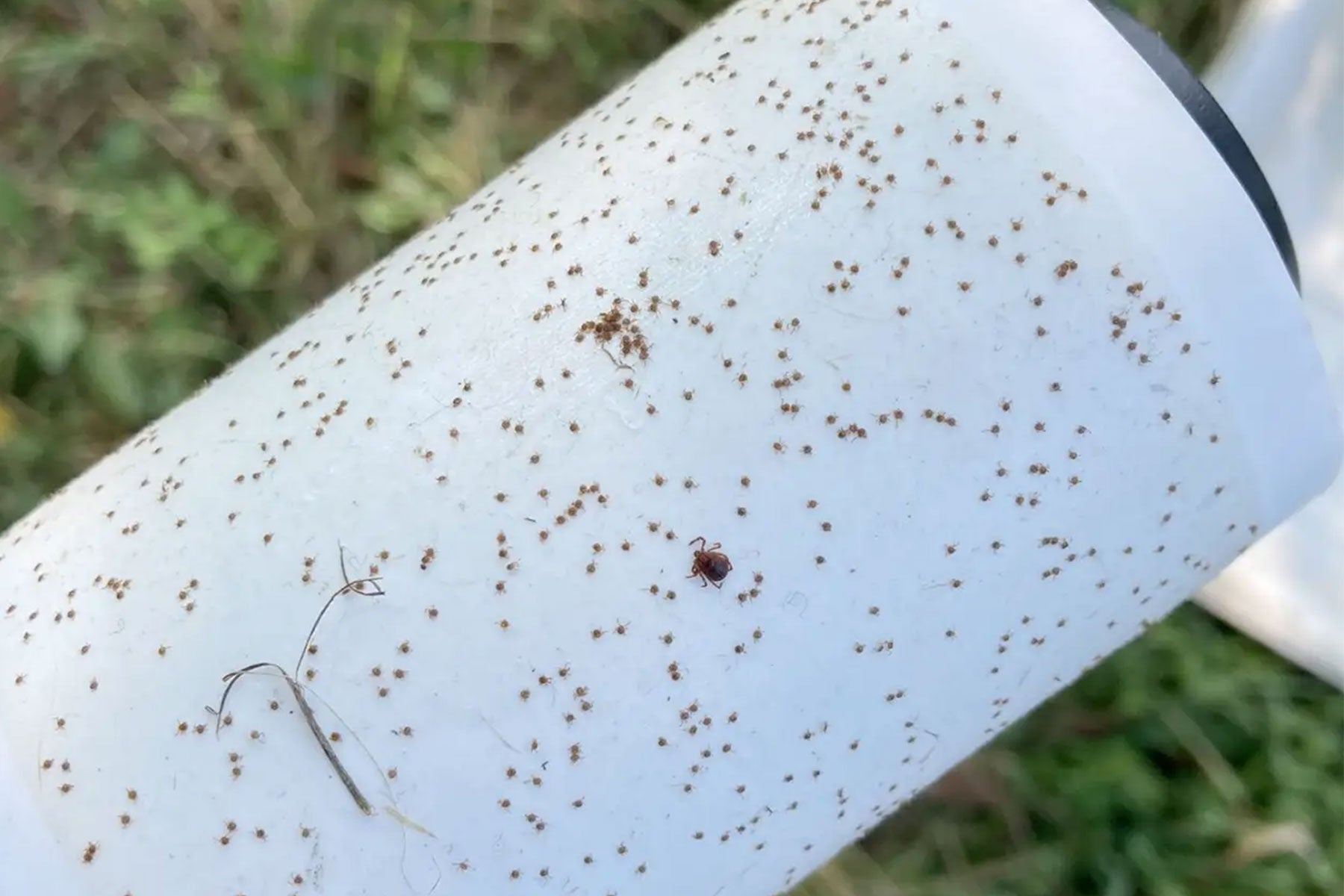Tuesday Mack
Member
Anyone had a definitive go around with it? Might have one cow that picked it up. We're in an area that's likely got the Longhorned tick.
She's not doing terrible, but she's slow, very likely aborted but didn't pass, was probably six months along, little drool, trace of blood on the nostril, very minimal bloody vaginal discharge. Ears stay up, nose is wet, eyes are bright, still eats and drinks, probably has a fever as she's in the pond much more than the others, and she moves slow. Not significant weight loss yet, hide is still slick. Probably been ten days to two weeks at this point. Keep waiting for her to die but not sure if or when she might.
She's not doing terrible, but she's slow, very likely aborted but didn't pass, was probably six months along, little drool, trace of blood on the nostril, very minimal bloody vaginal discharge. Ears stay up, nose is wet, eyes are bright, still eats and drinks, probably has a fever as she's in the pond much more than the others, and she moves slow. Not significant weight loss yet, hide is still slick. Probably been ten days to two weeks at this point. Keep waiting for her to die but not sure if or when she might.

